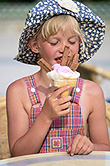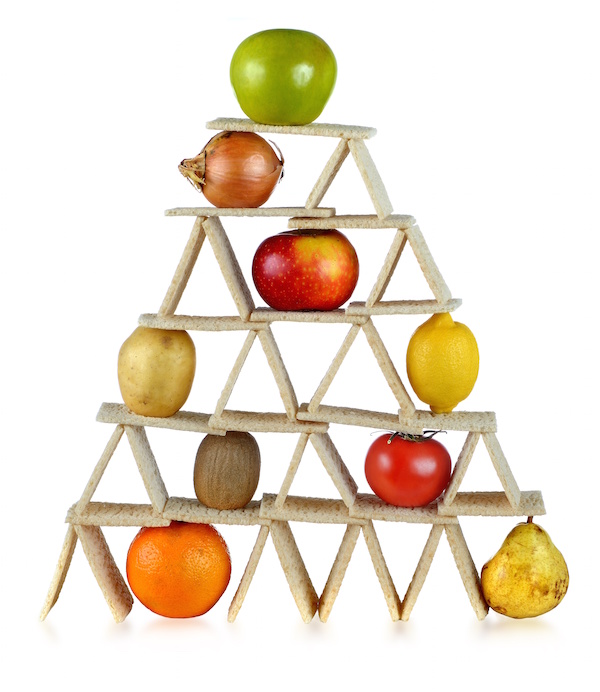
WEDNESDAY, Feb. 29 (HealthDay News) — Added sugar in drinks and foods makes up almost 16 percent of the calories U.S. children and teens consume, federal health officials report.
That’s far more than the daily recommendation of no more than 15 percent of calories from both sugar and fat, according to the report from the U.S. Centers for Disease Control and Prevention, published online Feb. 29 in the National Center for Health Statistics Data Brief.
“We were interested in looking at added sugar consumption in children because of the significant prevalence of childhood obesity in the United States and the fact that the dietary guidelines recommend that 5 to 15 percent of calories come from added sugars or fats,” explained lead researcher Cynthia Ogden, an epidemiologist with CDC’s National Center for Health Statistics.
Although the consumption of added sugars decreased between 1999 and 2008, it’s still above recommended levels, she said: Boys consume about 362 calories a day from added sugar, and girls eat about 282 calories in added sugar on a daily basis.
Sugar consumption also went up as children got older, the report showed.
Preschool-aged boys consumed 13.5 percent of their calories from added sugars, while boys aged 6 to 11 consumed 16.6 percent of their calories from added sugars, and those aged 12 to 19 consumed 17.5 percent of their calories from added sugars.
Meanwhile, girls in preschool consumed about 13 percent of their calories from added sugars, girls aged 6 to 11 consumed 15.7 percent of their calories from added sugars, and those aged 12 to 19 consumed 16.6 percent of their calories from added sugars.
In all, about 41 percent of added sugar came from drinks and the rest came from foods, Ogden noted.
Highlights of the report included:
- Added sugars make up a larger portion of the diets of white children and teens compared with Mexican American children and adolescents.
- Income levels made no difference in the amount of added sugar children and teens consumed.
- Added sugars from food played a larger role than sugar from drinks.
- More added sugars were eaten at home than outside the home.
Samantha Heller, a dietitian and nutritionist based in Connecticut, said that “we are turning our home kitchens into junk-food havens.”
While sugar per se is not evil, too many added sugars increase the risk for obesity, diabetes, high triglycerides, high cholesterol, heart disease and more, she said.
“Whoever is the gatekeeper for the family food supply needs to take a good, hard look at their choices. Obviously, junk foods, cookies, desserts and sodas are high in sugar and non-nutritive calories,” Heller said.
But added sugars lurk in unexpected places such as dried fruit snacks, instant iced teas, banana chips, fruit punch, boxed dessert mixes, fat-free caramel popcorn, chicken nuggets, ketchup, BBQ sauce, tartar sauce and fat-free salad dressings, she noted.
Ways to reduce sugar intake include buying fewer prepared, frozen and boxed processed foods; making baked goods from scratch and using less sugar; having water, fat-free milk and flavored seltzers on hand; making your own salad dressing; and having cut-up fresh fruit available for desserts and snacks, Heller advised.
She also recommended reading the ingredient list on foods and checking for hidden sugars such as: brown rice syrup, dextrose, fructose, molasses, sucrose, corn sweetener, barley malt syrup, fruit juice concentrates, glucose, cane juice syrup and sorghum.
Another expert, Dr. David Katz, director of the Prevention Research Center at Yale University School of Medicine, said that “added sugar can increase insulin levels and inflammation, and provides no real nutritional value.”
He added, “Given the notoriously high levels of childhood obesity and diabetes, we are in a situation where far too many spoons full of sugar are, indeed, helping the medicine go down — namely, medicine to treat the ill health the excess sugar is helping to create.”
More information
For more about healthy eating for kids, visit the Nemours Foundation.

